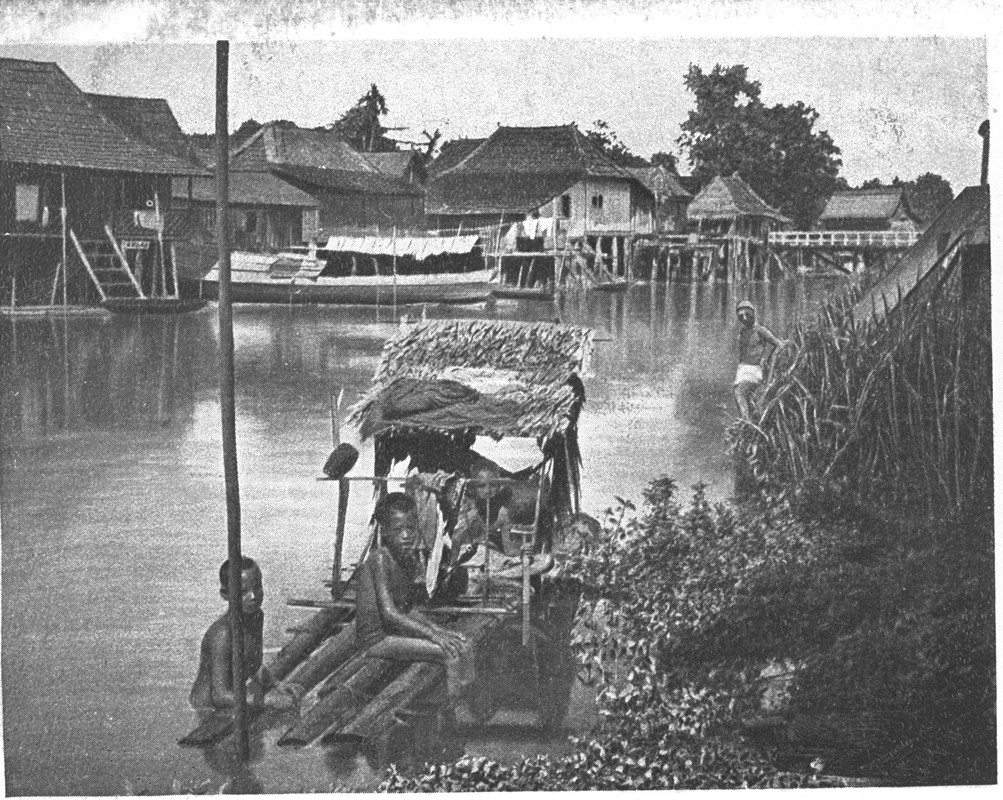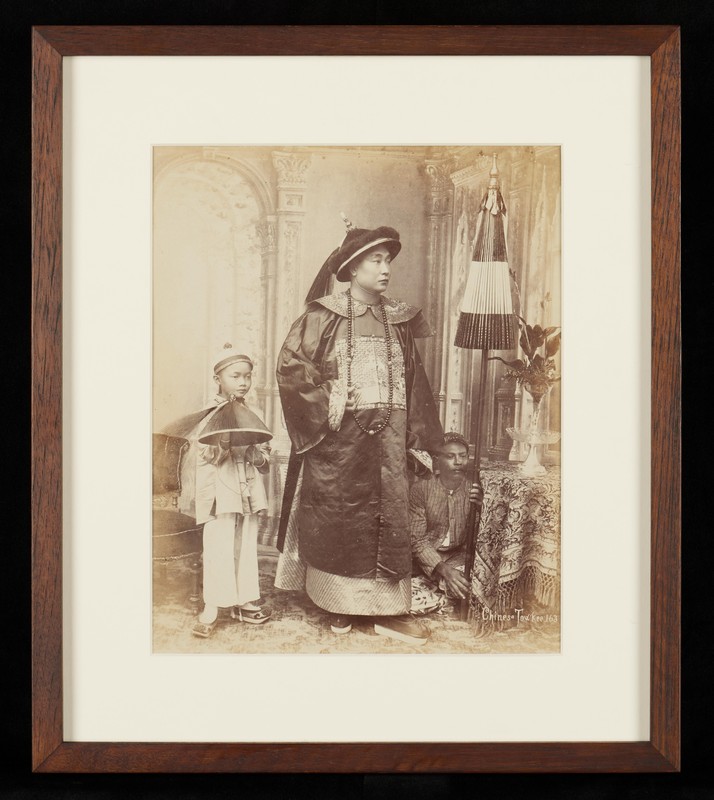地缘的联系:新加坡的宗乡会馆
早期南来的华人身处异地,举目无亲,宗乡会馆应运而生。1890年,英国殖民政府规定所有会馆都须按照社团注册法令向有关当局申请注册为合法组织,不可参与任何非法与政治活动,属于非盈利性质的团体。
血缘与地缘的分类
从概念上说,宗乡会馆主要以血缘、地缘划分为两大类别。两大类别有密切关系,性质却有所区别。血缘性的宗亲会馆乃指氏族宗亲的团体,以同一姓氏或联宗(几个姓氏)所组成。其规模小,会员人数不多,主旨乃是联络宗亲之间的感情,以曹家馆(全称星洲谯国堂曹家馆,1819)为最早。

地缘性的同乡会馆也称为乡亲会馆,乃指各以省、府、县、乡或村为单位的组织,着重为当地的同乡谋福利,以广府人的宁阳会馆(1822)为最早,其次为嘉应五属(梅县、蕉岭、五华、兴宁、平远)同乡所创立的应和会馆(1822)。规模较大亦称为会馆,如福建会馆、琼州会馆(今海南会馆)、广东会馆等;规模较小则称为同乡会,如古甯同乡会、重兴同乡会、玉屿同乡会等。

与时俱进 以免断层
吴华(1933-2018)的《新加坡华族会馆志》(第一册)记载,19世纪初至1965年新加坡独立前创立的血缘性组织约200多家,地缘性组织有133家。根据2022年的统计,新加坡宗乡会馆联合总会拥有244个会员团体,其中229个为宗乡团体,15个为准会员(包括文化艺术组织和校友会等华社团体)。其中七个团体之会员人数少于50人。
随着时代的变迁,宗乡会馆组织不仅在形态、功能性质等不断地扩充调适,也面临诸多挑战。2020年7月20日《联合早报》报道,本地会馆面临老龄化问题,活跃会员以60、70岁的长者为主,但部分会馆亦有两代人共同参与。这意味着,宗乡会馆在保留传统的同时,也要不断做出更新与改变,以避免断层,永续前进。
Cheng, Lim-Keak. Social Change and the Chinese in Singapore: A Socio-economic Geography with Special Reference to Bāng Structure. Singapore: Singapore University Press, 1985. | |
吴华,《新加坡华族会馆志》(第一册)。新加坡:南洋学会,1975。 | |
新加坡宗乡会馆联合总会,《新加坡华人会馆沿革史》。新加坡:新加坡新闻与出版公司,1987。 | |
陈莹纮,〈会馆亲子档传承文化接力跑〉。《联合早报》,2020年7月20日。 | |
〈新加坡宗乡会馆近年出版活动的几点反思——以新加坡宗乡会馆联合总会为例〉。收入《学术幼苗计划论文集:第十二期》,页29-44。新加坡:南华中学,2016。 |










